Home>Furniture & Design>Interior Design Trends>How To Break Glass Without Touching It
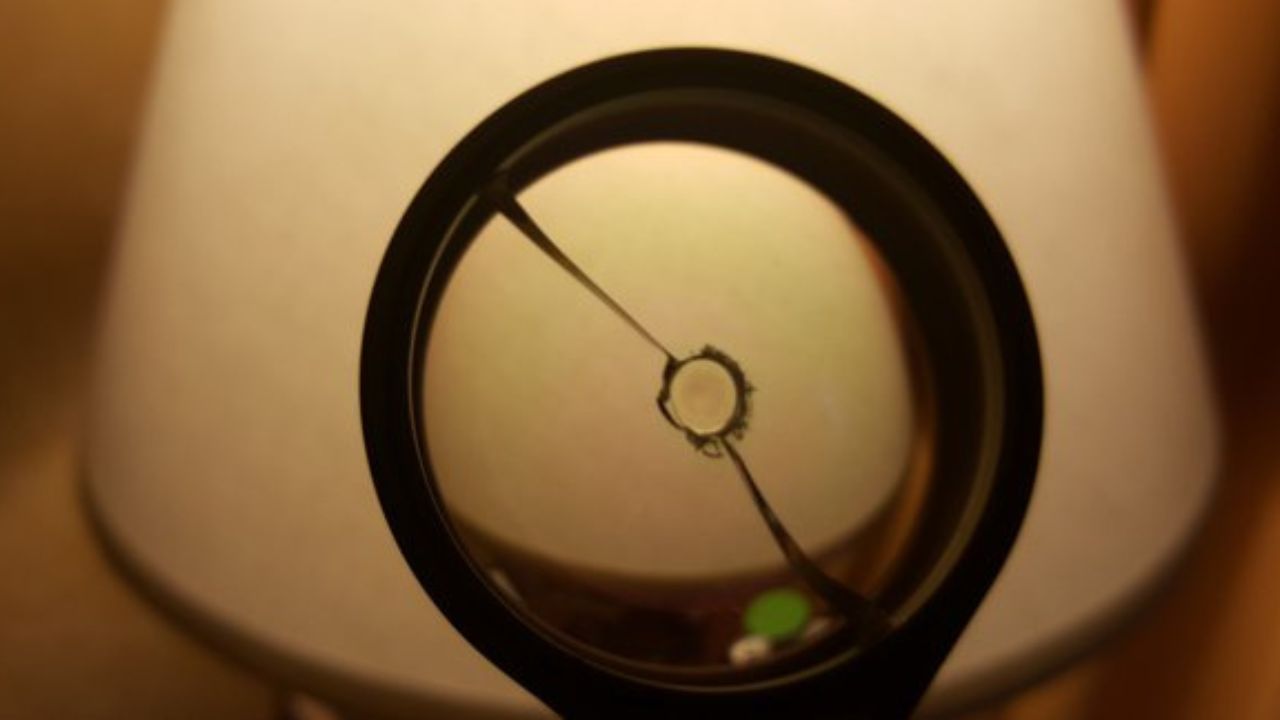

Interior Design Trends
How To Break Glass Without Touching It
Modified: October 20, 2024
Discover the latest interior design trends and learn how to break glass without touching it. Explore innovative techniques and ideas to elevate your space.
(Many of the links in this article redirect to a specific reviewed product. Your purchase of these products through affiliate links helps to generate commission for Storables.com, at no extra cost. Learn more)
Introduction
Breaking glass without physically touching it may seem like a feat reserved for superheroes or magicians, but in reality, it's a fascinating intersection of science and practical applications. The ability to shatter glass without direct contact has captivated human imagination for centuries, leading to the development of various techniques that leverage the fundamental properties of glass.
In this article, we will delve into the intriguing world of breaking glass without physical touch, exploring the scientific principles and methods behind this phenomenon. From understanding the molecular structure of glass to harnessing the power of sound, heat, and pressure, we will uncover the secrets behind this captivating process.
Join us on this journey as we unravel the mysteries of glass-breaking techniques, shedding light on the remarkable ways in which science and ingenuity converge to achieve seemingly impossible feats. Get ready to embark on an illuminating exploration of the science behind breaking glass without laying a finger on it.
Key Takeaways:
- Unleash the Power of Science: Breaking glass without touching it involves using sound, heat, and pressure to manipulate the molecular structure of glass. It’s like a superpower that combines knowledge and creativity!
- Sound, Heat, and Pressure: By understanding how to harness sound waves, thermal stress, and strategic pressure, it’s possible to break glass without physical touch. It’s like solving a scientific puzzle to achieve an amazing result!
Read more: How To Break Glass Without Shattering
Understanding the Science Behind Breaking Glass
Breaking glass without physical contact is a captivating phenomenon that hinges on the fundamental properties of glass and the application of external forces. To comprehend the science behind this intriguing process, it's essential to delve into the molecular structure of glass and the principles that govern its behavior.
Glass, despite its solid appearance, is actually an amorphous material composed of densely packed molecules with a disordered arrangement. This unique molecular structure renders glass inherently brittle, making it susceptible to fracture when subjected to external stimuli. Unlike crystalline materials, which exhibit a more orderly molecular arrangement, glass lacks a defined internal structure, contributing to its characteristic fragility.
When an external force is applied to glass, such as a sudden impact or the transmission of energy through sound waves or heat, it disrupts the delicate balance of forces holding the glass together. This disturbance triggers the propagation of cracks through the material, ultimately leading to its fracture. The key to breaking glass without physical touch lies in understanding how to manipulate these forces to induce controlled fracture patterns.
Furthermore, the concept of resonance plays a pivotal role in certain glass-breaking techniques. By harnessing the principles of resonance, it becomes possible to apply specific frequencies of sound or vibrations that match the natural frequency of the glass, amplifying the amplitude of the waves and causing the glass to resonate and ultimately shatter.
In addition to sound, heat can also be utilized to break glass without direct contact. When glass is subjected to non-uniform heating, such as through the focused application of a high-intensity heat source, thermal stress imbalances arise within the material. This discrepancy in temperature distribution induces uneven expansion and contraction, leading to internal strain and ultimately culminating in the fracture of the glass.
Moreover, the application of pressure can be employed to break glass without physical touch. By strategically applying external pressure to specific points on the glass surface, it becomes possible to induce stress concentrations that exceed the material's tensile strength, prompting fracture initiation and propagation.
In essence, the science behind breaking glass without touching it is a captivating fusion of material properties and the strategic application of external forces. By comprehending the molecular structure of glass and the principles governing its behavior, coupled with the adept manipulation of sound, heat, and pressure, it becomes feasible to achieve controlled glass fracture without direct physical contact.
Using Sound to Break Glass
Harnessing the power of sound to break glass is a remarkable demonstration of the interplay between physics and material science. This technique capitalizes on the concept of resonance, a phenomenon in which an object vibrates at its natural frequency when exposed to external stimuli of the same frequency. When applied strategically, sound waves can induce resonance in glass, leading to its fracture without physical contact.
The key to breaking glass with sound lies in identifying the natural frequency of the glass and transmitting corresponding sound waves to trigger resonance. By generating a sustained, high-amplitude sound wave at the precise frequency that aligns with the glass's natural resonance frequency, the amplitude of the waves increases, causing the glass to vibrate intensely. This heightened vibration disrupts the molecular cohesion within the glass, ultimately leading to its fracture.
One of the most iconic demonstrations of using sound to break glass involves the use of a singer's voice. By producing a sustained, high-pitched note at the precise frequency of the glass, the singer can induce resonance, causing the glass to vibrate and, ultimately, shatter. This captivating display underscores the profound impact of sound waves when harnessed with precision and expertise.
In addition to vocal resonance, specialized equipment such as ultrasonic transducers can be employed to generate high-intensity sound waves at specific frequencies, offering a controlled and reproducible method for breaking glass with sound. These transducers emit ultrasonic waves that match the glass's natural resonance frequency, amplifying the vibrations and leading to fracture initiation.
Furthermore, the strategic placement of sound-emitting devices and the precise calibration of frequency play a crucial role in effectively breaking glass with sound. By directing the sound waves towards the glass and adjusting the frequency to match its natural resonance, it becomes possible to achieve controlled fracture patterns, showcasing the remarkable potential of sound as a tool for breaking glass without physical touch.
In essence, the utilization of sound to break glass represents a captivating fusion of scientific principles and practical applications. By leveraging the concept of resonance and harnessing the power of sound waves at specific frequencies, it becomes feasible to achieve controlled glass fracture without direct physical contact, unveiling the extraordinary potential of sound as a force for breaking barriers – quite literally.
Use a small object like a hammer or a hard object to strike the glass at its weakest point, such as the corner. The force of the impact will break the glass without you having to touch it directly.
Using Heat to Break Glass
Utilizing heat as a method to break glass without physical contact is a fascinating application of thermodynamics and material science. This technique capitalizes on the principle of thermal stress, leveraging the inherent response of glass to non-uniform heating. By subjecting the glass to a localized, intense heat source, such as a focused flame or a concentrated beam of infrared radiation, thermal differentials are induced within the material, leading to controlled fracture initiation.
The fundamental concept underlying the use of heat to break glass lies in the material's response to uneven thermal expansion. When exposed to non-uniform heating, different regions of the glass experience disparate temperature changes, resulting in varying degrees of expansion and contraction. This non-uniform expansion induces internal stress gradients within the glass, leading to the development of localized areas of heightened mechanical strain.
As the thermal stress accumulates within the glass, it reaches a critical threshold, surpassing the material's tensile strength and initiating fracture propagation. The controlled application of heat allows for the precise manipulation of these stress differentials, enabling the generation of controlled fracture patterns without direct physical contact.
Moreover, the strategic modulation of the heat source's intensity and duration plays a pivotal role in achieving the desired fracture outcomes. By carefully calibrating the heat application, it becomes possible to induce specific stress concentrations within the glass, guiding the fracture propagation along predetermined paths. This level of precision showcases the remarkable potential of heat as a tool for controlled glass fracture, offering a versatile and reproducible method for breaking glass without direct touch.
Furthermore, the application of heat to break glass extends beyond traditional heating methods, encompassing innovative techniques such as laser-induced thermal stress fracturing. By harnessing the focused energy of a laser beam, it becomes feasible to induce localized heating within the glass, leading to precise fracture initiation at the targeted regions. This advanced approach highlights the intersection of cutting-edge technology and material science, showcasing the evolving landscape of glass-breaking methodologies.
In essence, the utilization of heat to break glass represents a captivating fusion of thermodynamic principles and practical applications. By leveraging the concept of thermal stress and harnessing the power of non-uniform heating, it becomes feasible to achieve controlled glass fracture without direct physical contact, unveiling the extraordinary potential of heat as a force for breaking barriers – quite literally.
Using Pressure to Break Glass
The application of pressure to break glass without physical contact represents a compelling fusion of material science and strategic force manipulation. By strategically applying external pressure to specific points on the glass surface, it becomes possible to induce stress concentrations that exceed the material's tensile strength, prompting fracture initiation and propagation.
The fundamental principle underlying the use of pressure to break glass lies in the material's response to mechanical stress. When targeted pressure is exerted on the surface of the glass, it creates localized stress concentrations, leading to the development of microcracks within the material. These microcracks serve as initiation points for fracture propagation, ultimately culminating in the controlled shattering of the glass.
One of the most notable demonstrations of using pressure to break glass involves the application of a focused force at a specific point on the glass surface. This can be achieved through the use of specialized tools or devices designed to exert precise pressure, such as glass cutters or hydraulic systems. By directing the force to a predetermined location on the glass, it becomes possible to induce controlled fracture patterns, showcasing the remarkable potential of pressure as a tool for breaking glass without physical touch.
Furthermore, the strategic placement of pressure-inducing devices and the precise calibration of force application play a crucial role in effectively breaking glass with pressure. By targeting specific areas of the glass and modulating the force exerted, it becomes feasible to achieve controlled fracture initiation and propagation, unveiling the extraordinary potential of pressure as a force for breaking barriers – quite literally.
In essence, the utilization of pressure to break glass represents a captivating fusion of material properties and the strategic application of external forces. By comprehending the response of glass to mechanical stress and adeptly manipulating pressure, it becomes feasible to achieve controlled glass fracture without direct physical contact, underscoring the remarkable potential of pressure as a tool for overcoming the inherent brittleness of glass.
Conclusion
In conclusion, the art of breaking glass without physical touch transcends mere spectacle, delving into the intricate interplay of scientific principles and practical applications. From the resonance-induced fractures facilitated by sound waves to the precise manipulation of thermal stress gradients through heat application, and the strategic exertion of pressure to induce controlled fracture patterns, the methodologies for breaking glass without direct contact underscore the remarkable potential of science and ingenuity.
The science behind breaking glass without touching it unveils the captivating fusion of material properties and the strategic application of external forces. By comprehending the molecular structure of glass and the principles governing its behavior, coupled with the adept manipulation of sound, heat, and pressure, it becomes feasible to achieve controlled glass fracture without direct physical contact.
Furthermore, the diverse techniques explored in this article showcase the versatility and adaptability of glass-breaking methodologies, ranging from the resonance-induced fractures facilitated by sound waves to the precise manipulation of thermal stress gradients through heat application, and the strategic exertion of pressure to induce controlled fracture patterns. These methods not only exemplify the profound impact of scientific principles on practical applications but also underscore the evolving landscape of glass-breaking methodologies.
Ultimately, the ability to break glass without physical touch serves as a testament to human ingenuity and the boundless potential of scientific exploration. By unraveling the mysteries of glass-breaking techniques, we gain insight into the remarkable ways in which science and creativity converge to achieve seemingly impossible feats. Whether it's harnessing the power of sound, leveraging the principles of thermodynamics, or strategically applying pressure, the methodologies for breaking glass without direct contact exemplify the extraordinary potential of human innovation.
In essence, the science behind breaking glass without touching it offers a captivating glimpse into the intersection of scientific principles and practical applications, showcasing the remarkable potential of human ingenuity and the enduring quest to push the boundaries of what is achievable. As we continue to explore the frontiers of material science and engineering, the art of breaking glass without physical touch stands as a testament to the remarkable fusion of knowledge, creativity, and innovation.
Frequently Asked Questions about How To Break Glass Without Touching It
Was this page helpful?
At Storables.com, we guarantee accurate and reliable information. Our content, validated by Expert Board Contributors, is crafted following stringent Editorial Policies. We're committed to providing you with well-researched, expert-backed insights for all your informational needs.
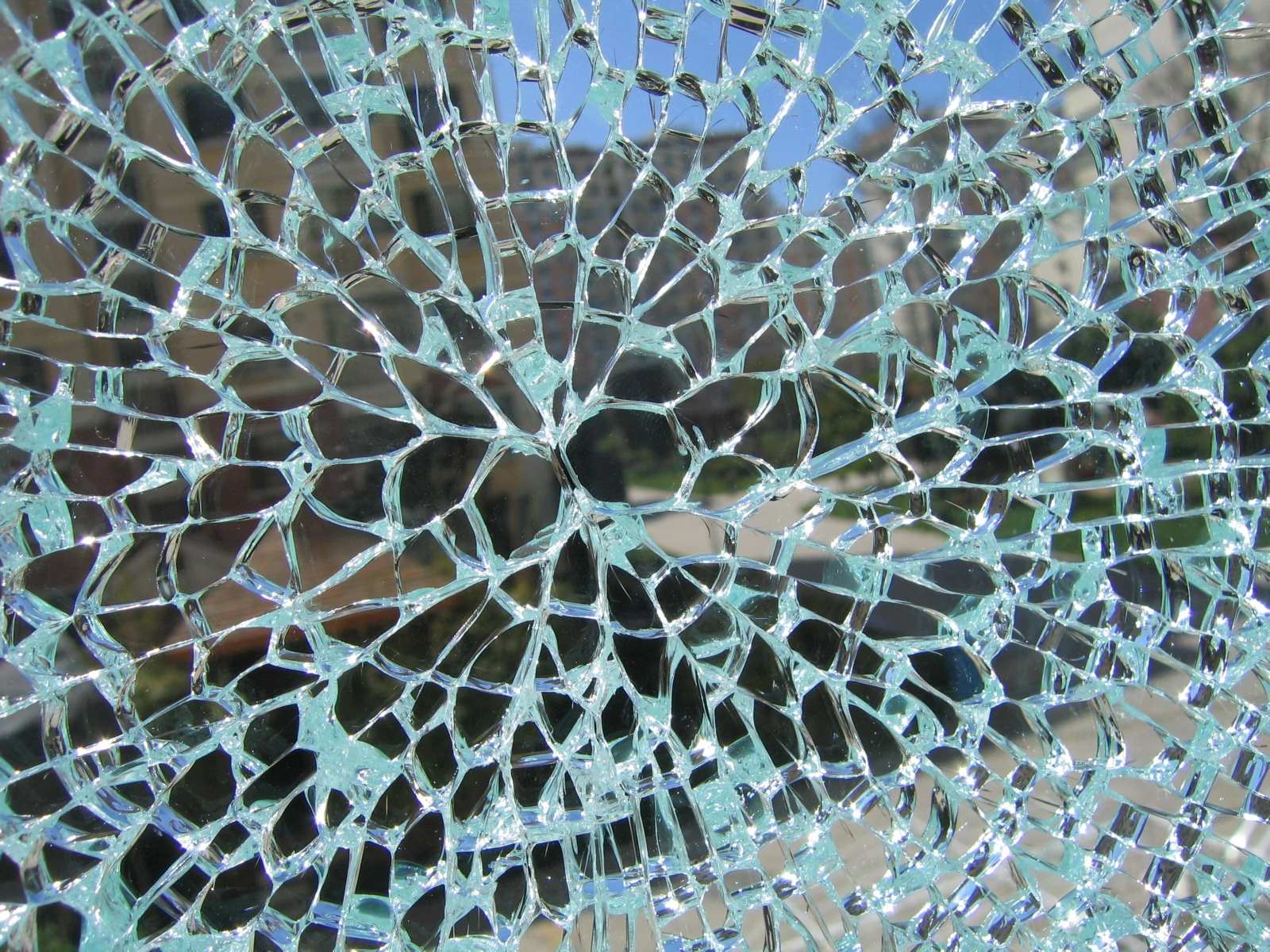
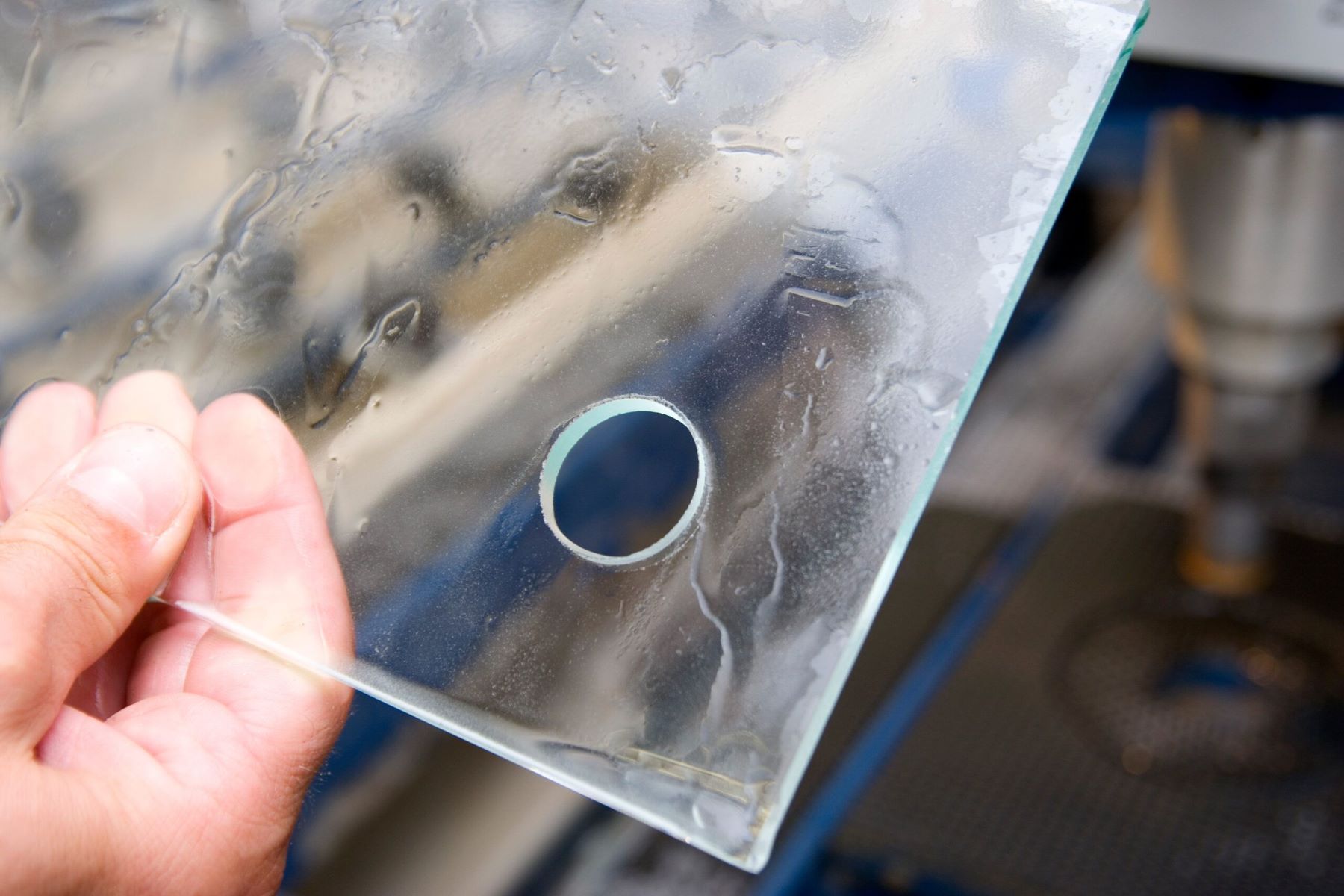
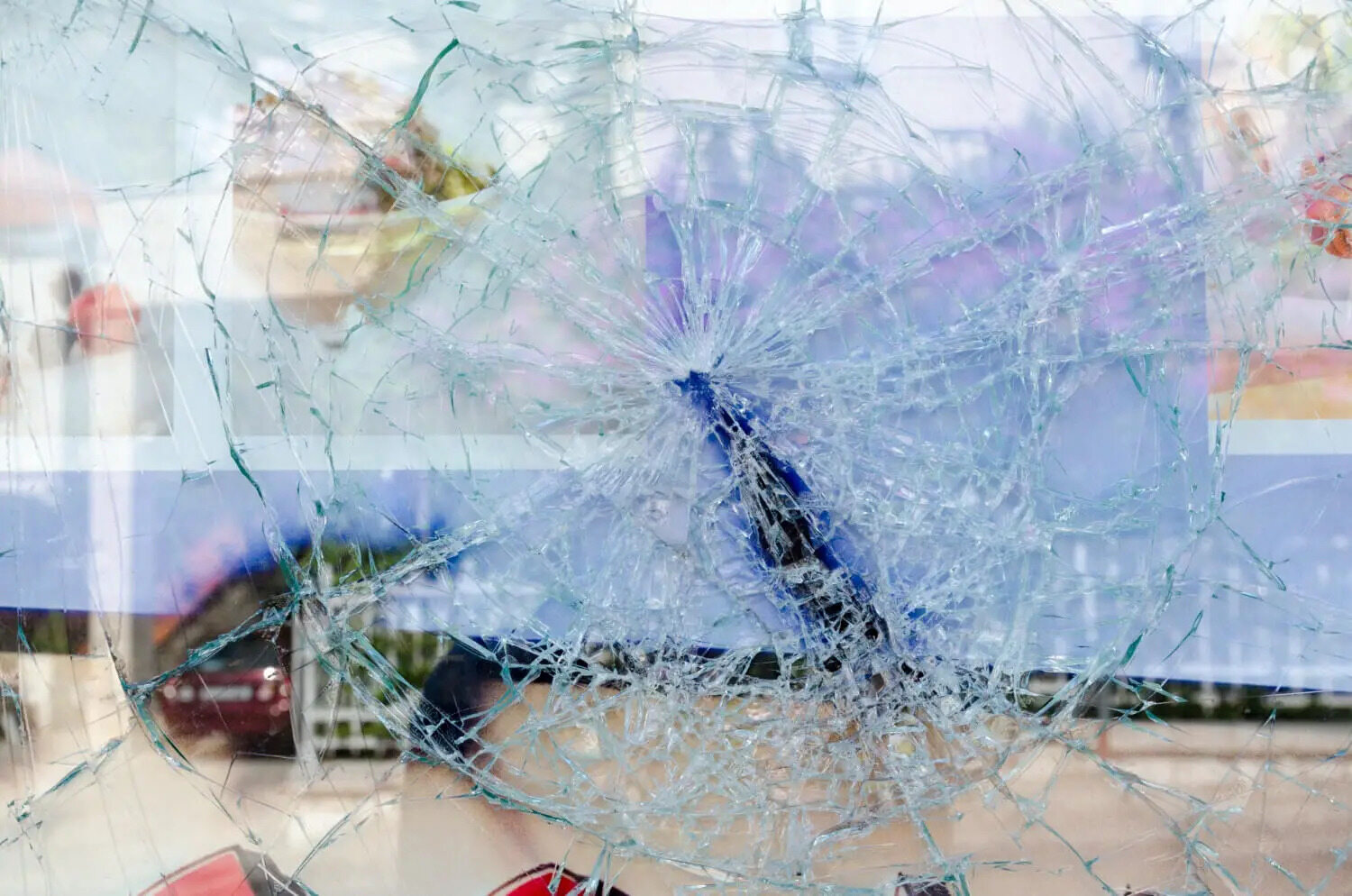
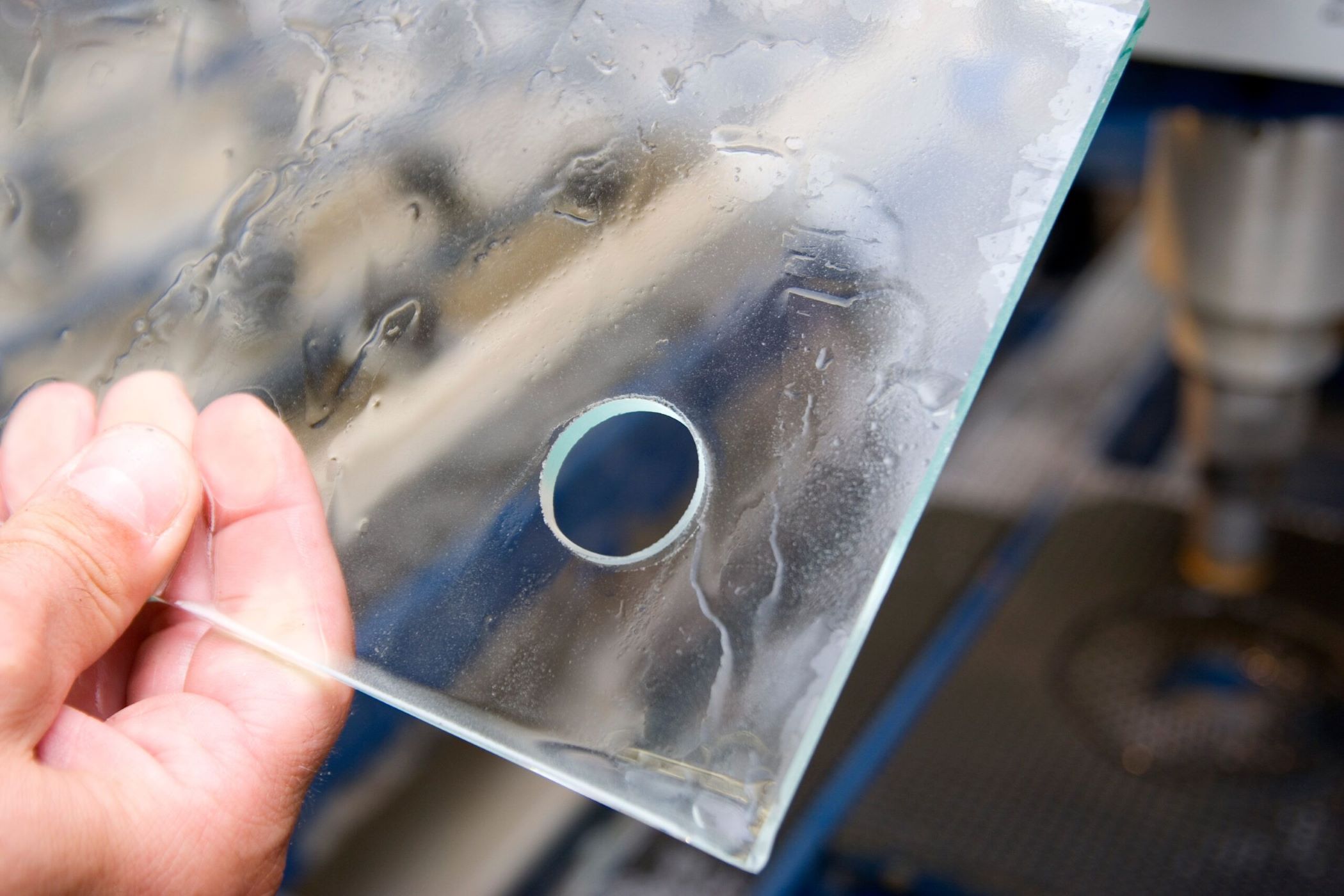
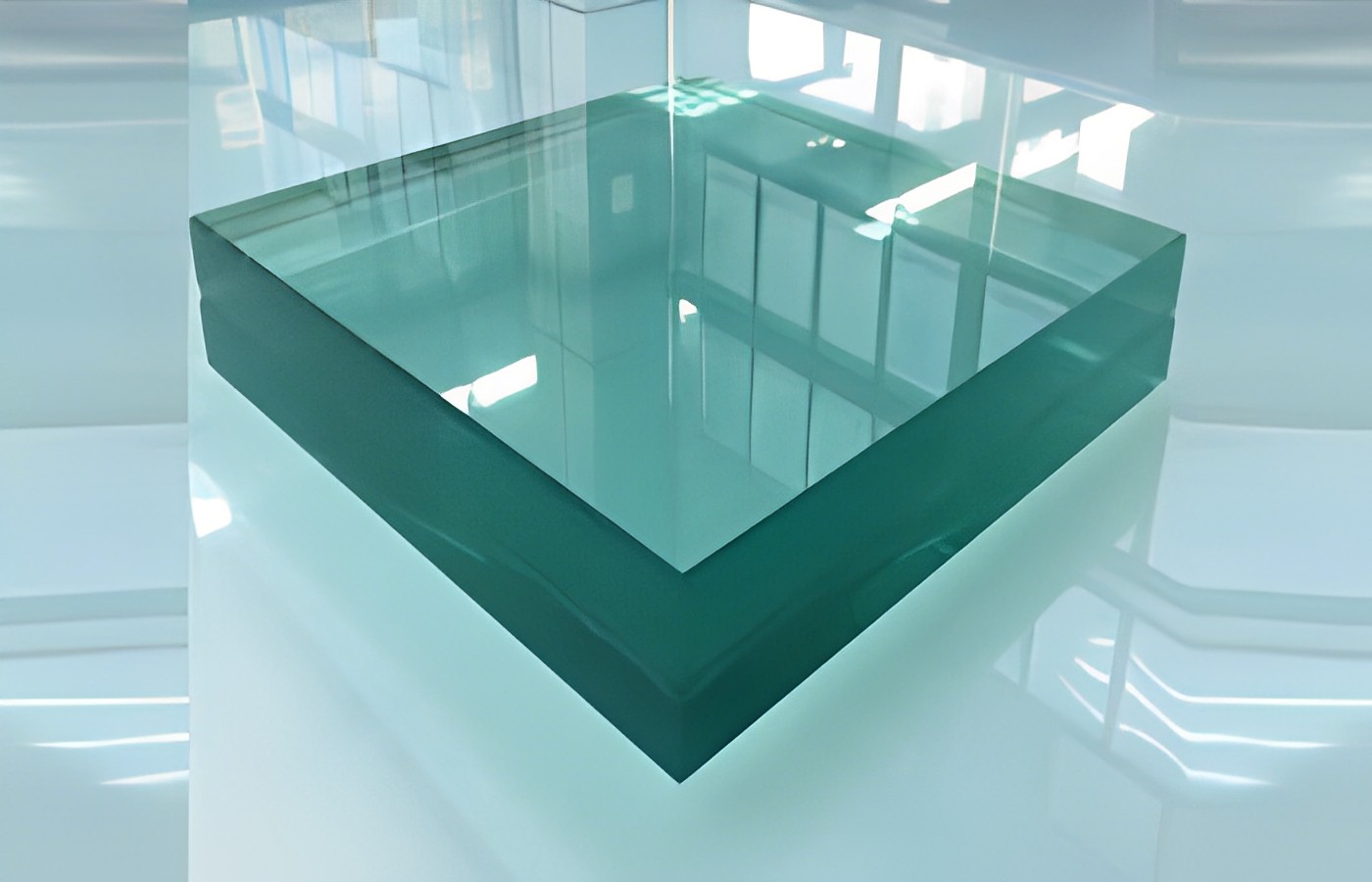
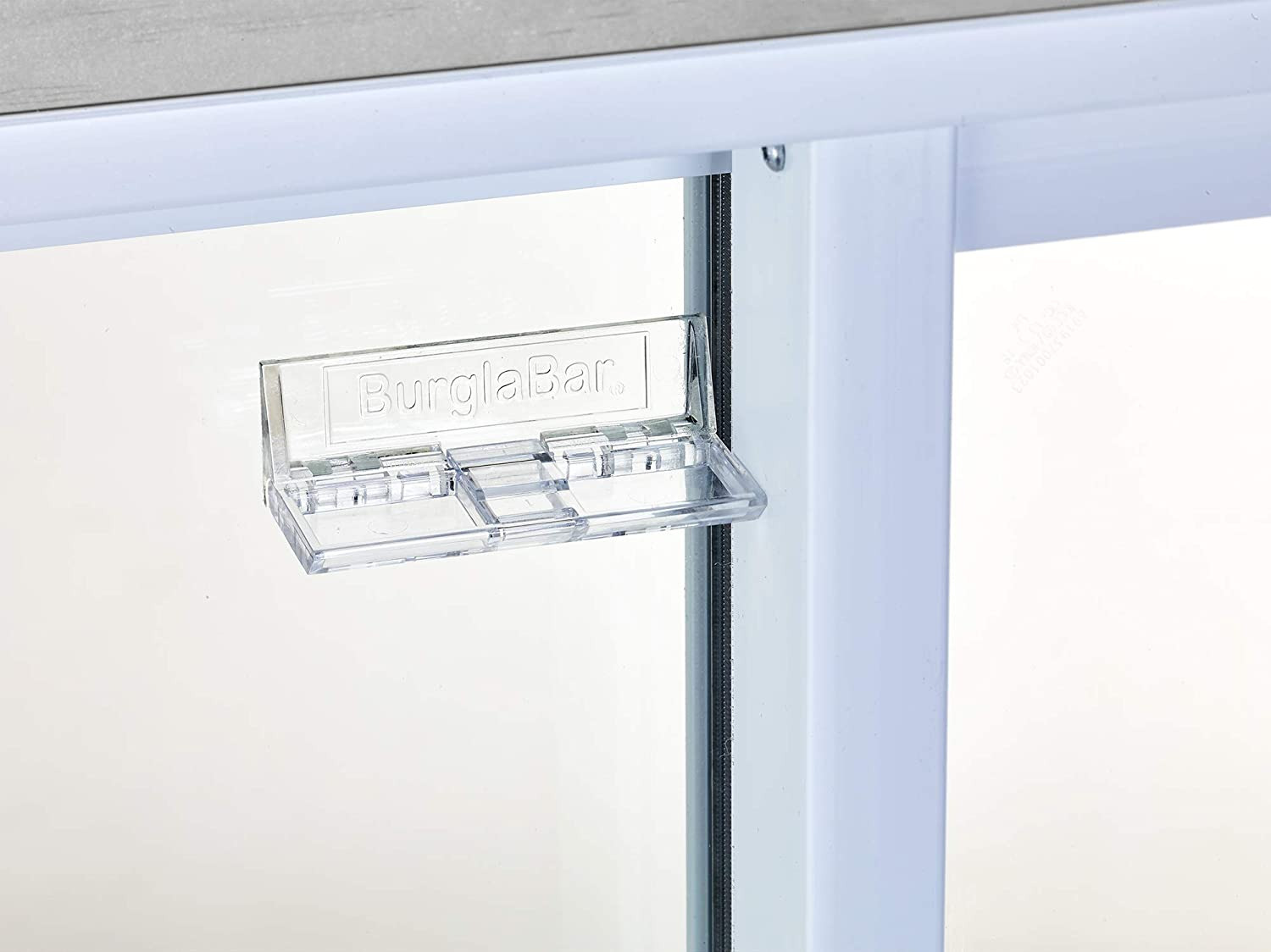
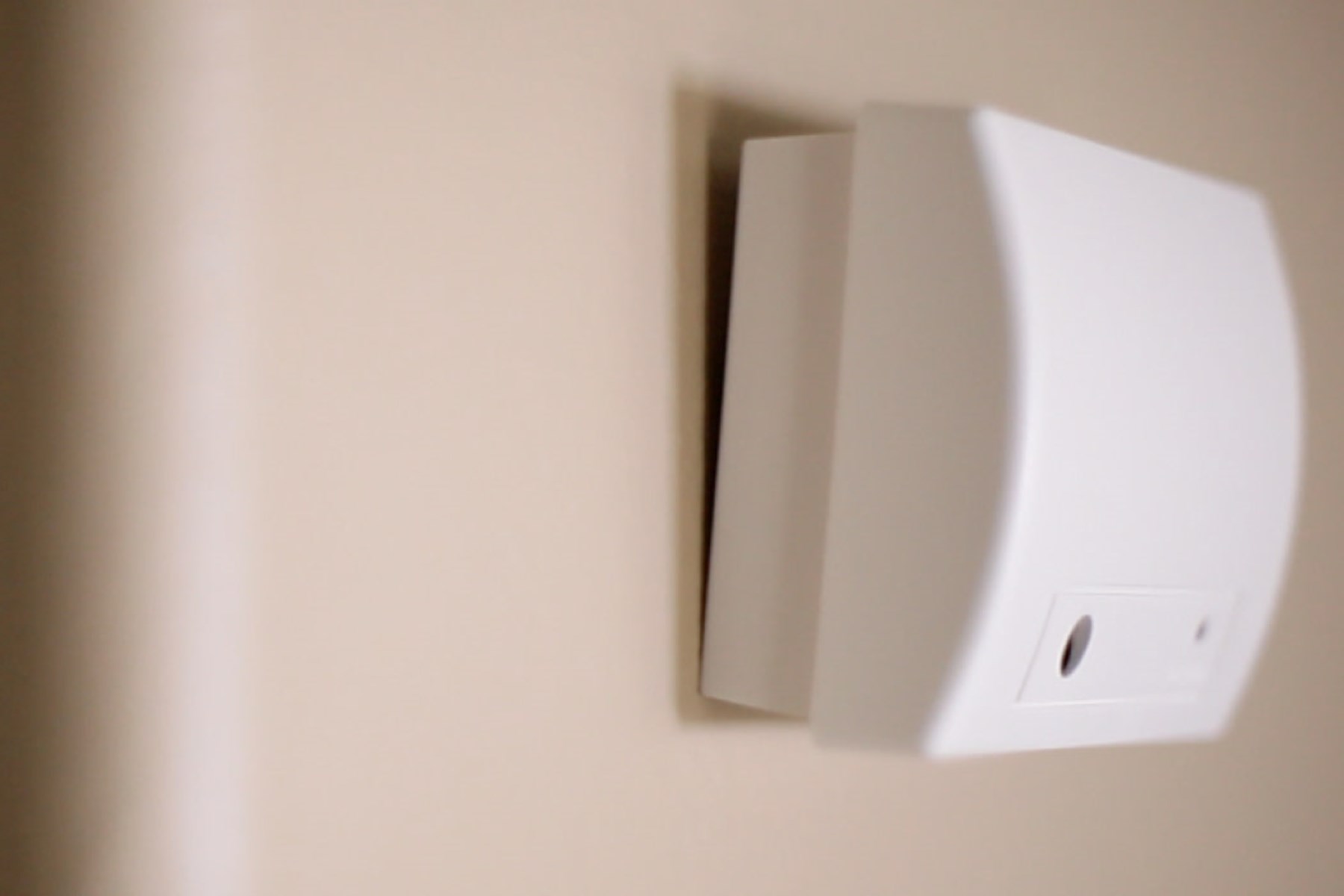
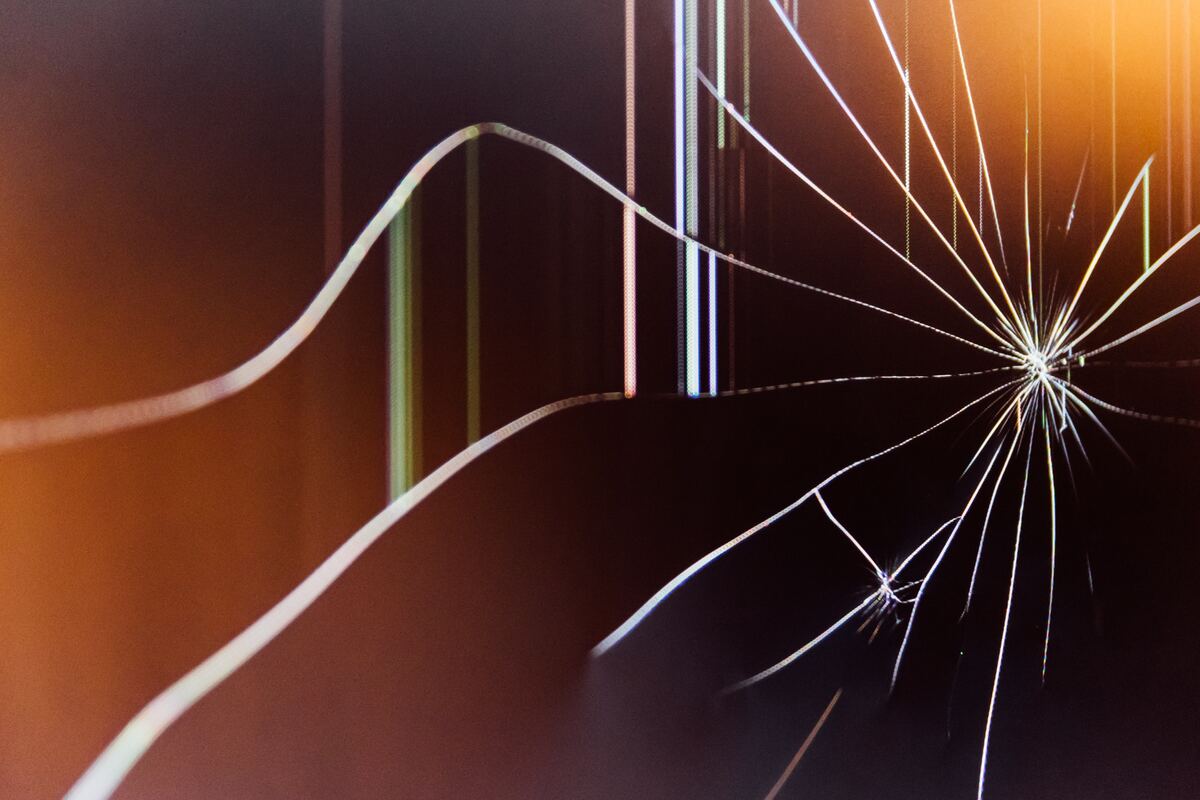

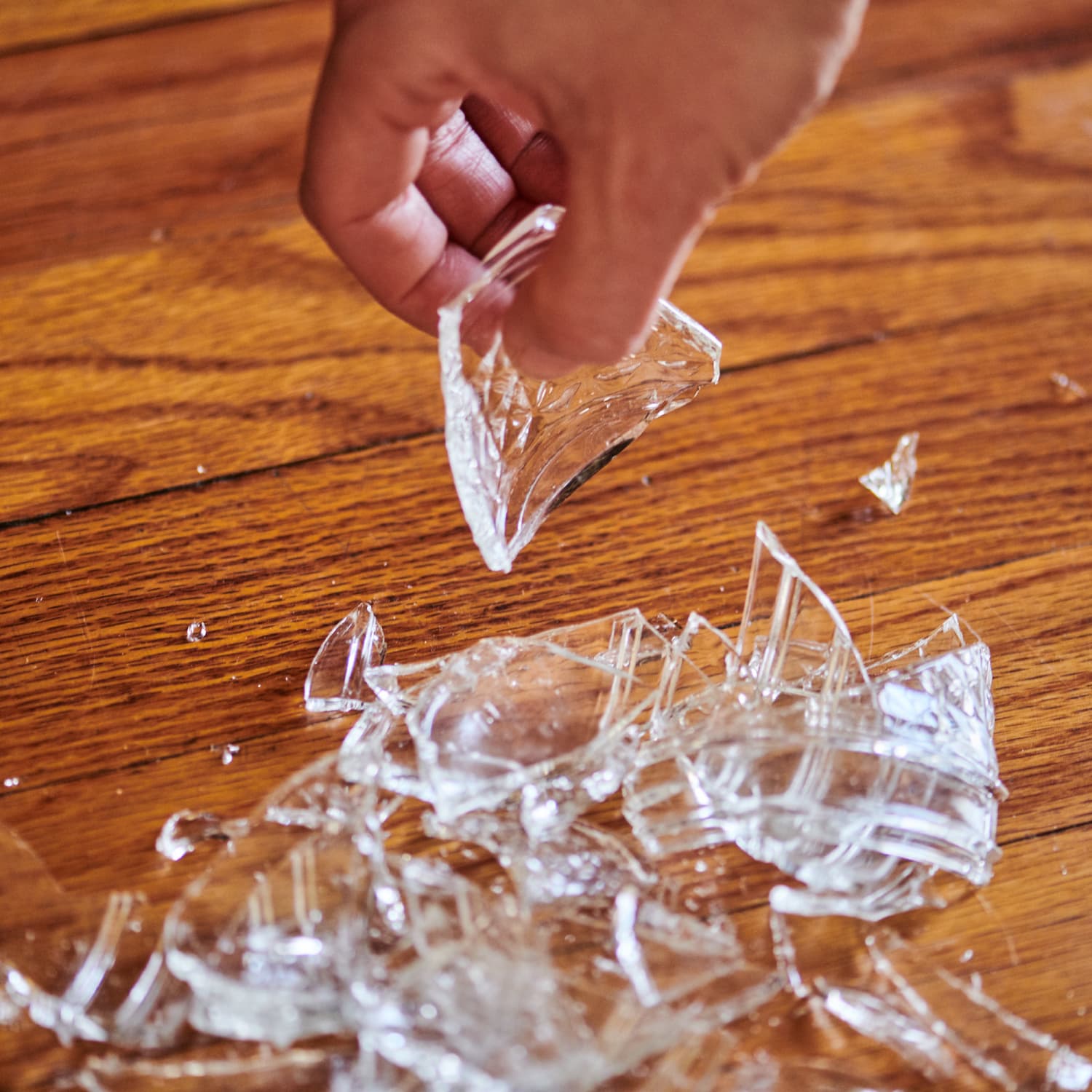

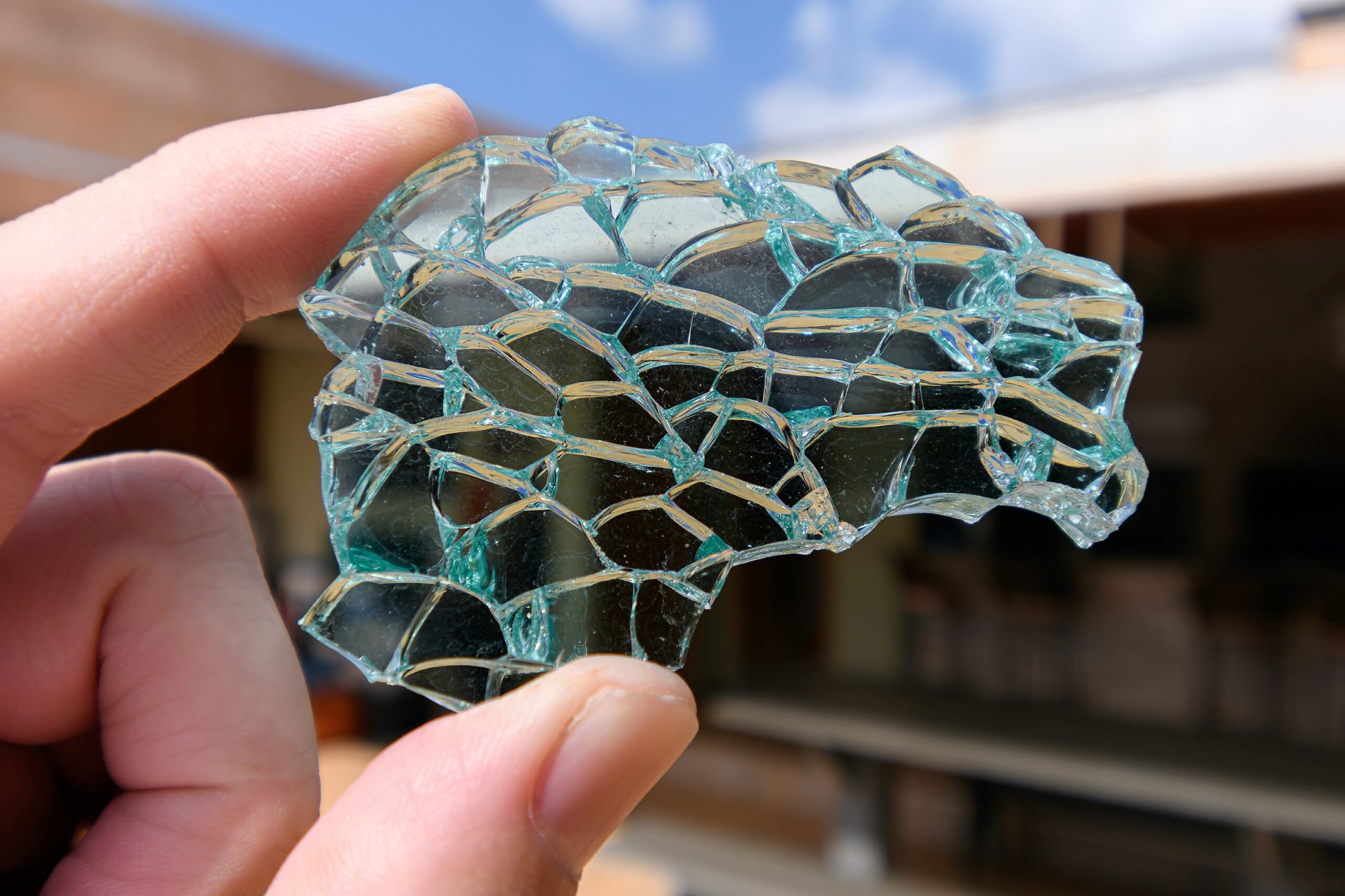



0 thoughts on “How To Break Glass Without Touching It”